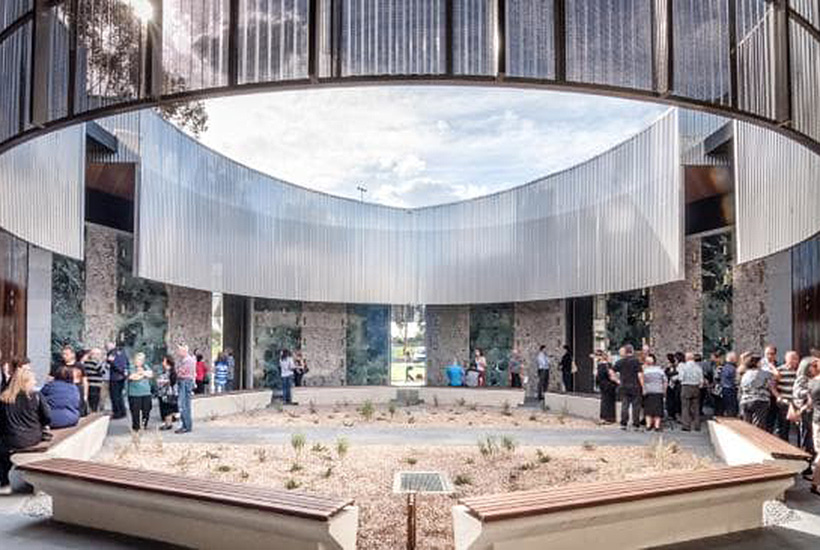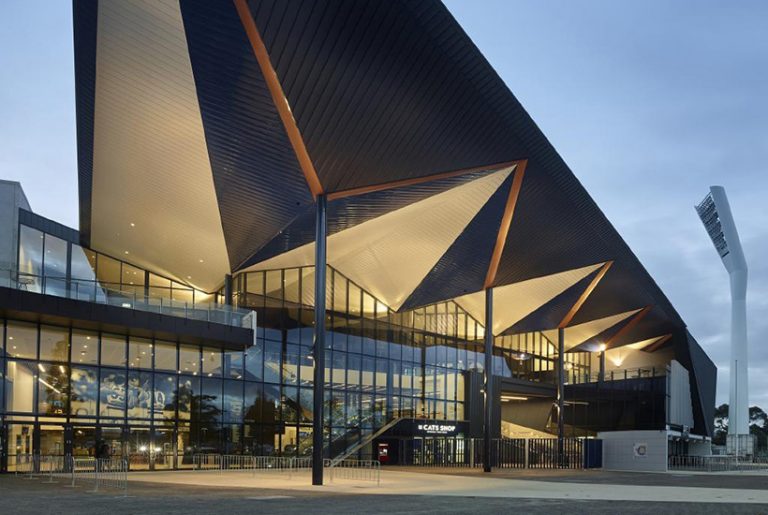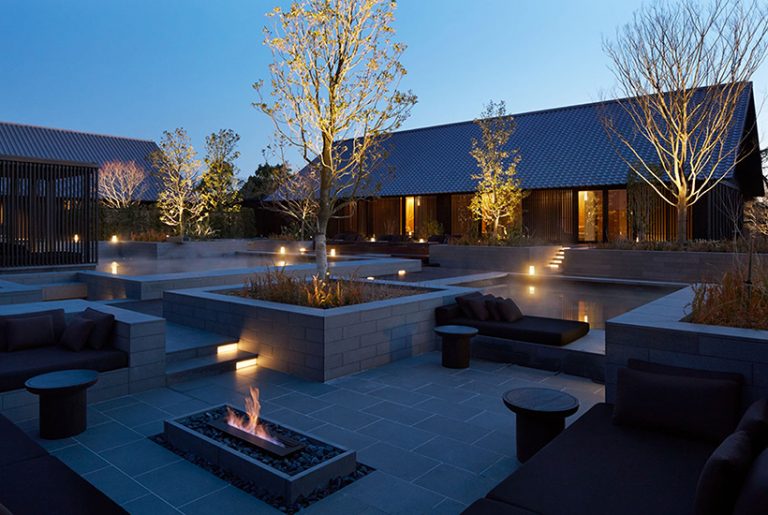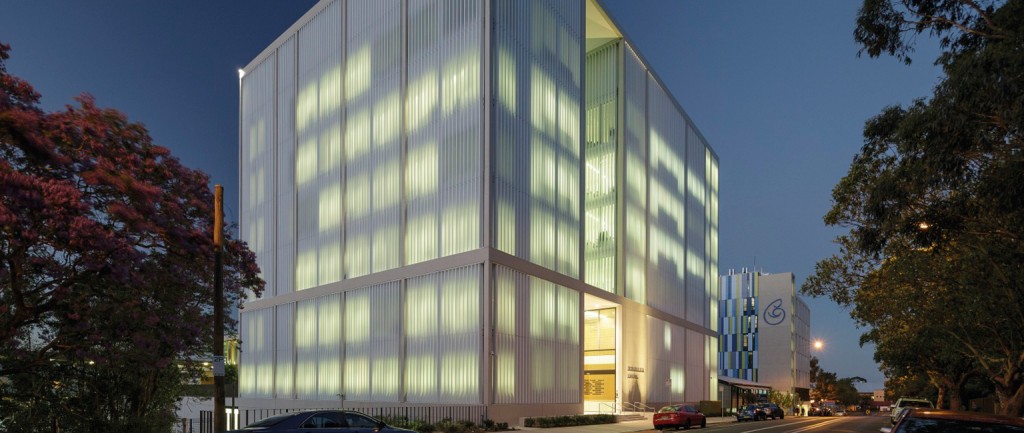Cemetery building stuns in design awards

A project highlighting the correlation between design and death has been shortlisted for a Victorian Architecture Award.
The Philip Harmer-designed Atrium of Holy Angels Mausoleum in Melbourne’s Fawkner Cemetery is one of four buildings in the running for the best public space award.
Chief executive of the Greater Metropolitan Cemeteries Trust, Jacqui Weatherill, says they commissioned the project in the hope of “redefining traditional assumptions surrounding cemeteries”.
Commercial Insights: Subscribe to receive the latest news and updates
She says the end result perfectly embodies their philosophy of providing final resting places that are not only functional but emotionally sensitive.
“You want people to come along and feel their loved ones are respectfully memorialised,” Weatherill says.
“Many of them see it as their last resting place and they want something beautiful and attractive.”
Things in cemeteries don’t evolve quickly, so to be able to use contemporary architecture in that scenario is a rare privilege
She says the new building has been very well received by families because of its striking design and courtyard within the heritage-listed Fawkner Cemetery.
“What we thought was going to take 11 years to sell took 11 months,” says Weatherill. “Some families have even had deceased moved from other mausolea to come into the new one because they loved it so much.”
Popular among people of Italian descent, mausolea are freestanding buildings constructed as a monument that encloses the internment spaces.
Weatherill says they can be indoor or outdoor, but have to be exceptional.
Many of them see it as their last resting place and they want something beautiful and attractive
Victorian chapter president of the Australian Institute of Architects, Amy Muir, agrees mausolea are “incredibly important civic spaces”.
“They’re very utilitarian in structure but there’s obviously this other role that they play which is effectively they’re a place for mourning and reflection, so there’s a softness that comes into play as well,” Ms Muir said.
“They’re very sensitive places, and how that is handled is very challenging architecturally.”
It is the second mausolea designed by Harmer, and he says the structure is “not just about death”.
“Things in cemeteries don’t evolve quickly, so to be able to use contemporary architecture in that scenario is a rare privilege,” Harmer says.
The Victorian Architecture Awards will be held in Melbourne on June 29.
This article originally appeared on www.theaustralian.com.au/property.







